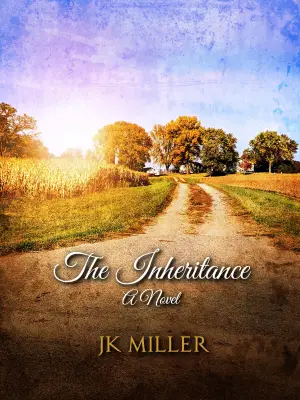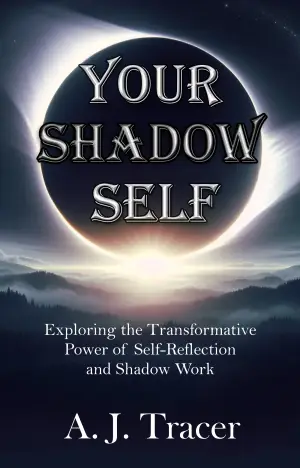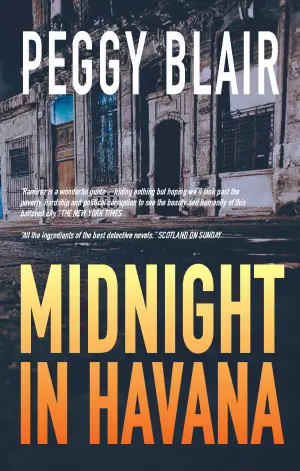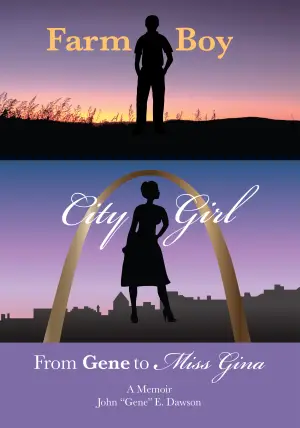A Return to Gilead: Reflections on The Testaments by Margaret Atwood
When I first picked up The Testaments, I was filled with both excitement and trepidation. Margaret Atwood’s The Handmaid’s Tale had such a profound impact on my understanding of dystopian literature that I couldn’t help but wonder: What could be left to explore in Gilead more than thirty years later? Atwood has deftly invited us into a chilling narrative environment once again, so I dove in with a mix of anticipation and curiosity, eager to see how this sequel would unfold.
The Testaments is a rich tapestry of voices, interweaving the life story of Aunt Lydia, a character whose complexity has developed significantly since her first appearance. Through her eyes, we delve into questions that lingered long after The Handmaid’s Tale ended—namely, “How did Gilead fall?” and “What drives a person to become an Aunt?” The narrative takes us roughly fifteen years after the original tale, flipping between Lydia’s manipulative scheming and the youthful perspectives of Agnes, the naive daughter of a Gileadean commander, and Daisy, a precocious Canadian living in relative freedom. This blend of narratives, though at times predictable, creates a compelling rhythm that propelled me forward, even when the symbolism felt a bit heavy-handed.
Atwood’s writing style remains engaging, though she walks a fine line between poetic elegance and cliché, especially as Gilead’s oppressive ideologies are distilled into familiar phrases. Phrases like “Pen Is Envy” felt more juvenile than profound; it was as if she aimed to catch younger readers yet maintained a level of sophistication with Aunt Lydia’s reflections. I couldn’t help but notice that while Atwood’s earlier work thrived on tightly woven symbolism—think of the red and tulip motifs—here it sometimes felt as though she cast a broader net, yielding less nuanced imagery, particularly around lesser-known themes about bloodlines and maternal identity.
One of my favorite elements of the book was how Atwood’s characters are so intricately crafted, with Aunt Lydia emerging as a standout. She is powerful and cunning, yet her vulnerability is palpable. Quotes like, “She was no longer a precious flower, but a much more dangerous creature,” encapsulate her evolution and reflect Atwood’s deconstructive theme of femininity. Yet, it’s the "Transcripts of Witness Testimony" that introduced Daisy and Agnes that raised eyebrows for me—Daisy’s character shifts dramatically after pivotal events, flirting with tropes I found reminiscent of young adult fiction. This made her trials seem simultaneously relatable and grating.
Interestingly, Atwood’s exploration of authoritarianism feels increasingly relevant against the backdrop of contemporary socio-political movements, illuminating shadows of the #MeToo era. However, I felt she tread retreading familiar ground, as Aunt Lydia’s intentions to redeem herself felt less revolutionary and more echoing.
As I turned the final pages, I was left with a blend of satisfaction and contemplation. The pacing kept me hooked, and though some elements felt like a nod to pop culture (hello, Hunger Games), the broader themes of resistance against patriarchal oppression resonate powerfully. This is a book that tackles nostalgia and contemporary anxieties alike, making it an intriguing experience for long-time fans of Atwood.
For those who are drawn to dystopian explorations—particularly in light of current global challenges—I highly recommend The Testaments. While it might not reach the same heights as its predecessor, it still offers a rich narrative that engages with important questions about identity, power, and resilience. It was a ride, albeit one that left me yearning for the more succinct and layered storytelling Atwood is capable of. All things considered, I’m grateful to have returned to Gilead, if only to witness its decline.
Discover more about The Testaments (The Handmaid’s Tale, #2) on GoodReads >>












